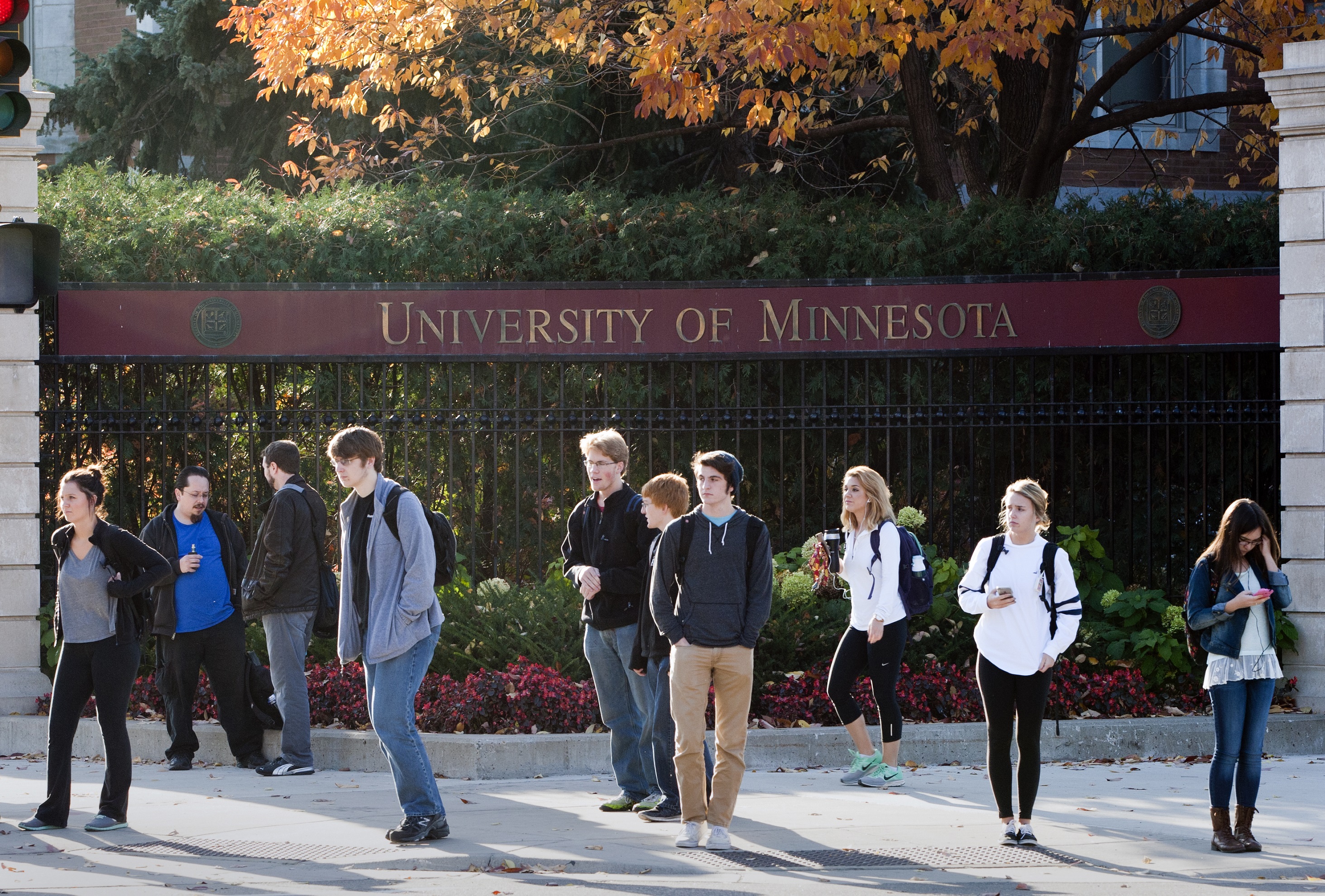U of M presents bumped-up budget request, proposed reacquisition of university hospitals

Upon further consideration, University of Minnesota officials believe half-again more funding will be needed in the next biennium than it asked for at the end of January. And perhaps an extra $950 million to purchase its hospitals and clinics back from the Fairview health care system, too.
On Tuesday, they told the House Higher Education Finance and Policy Committee they’d like to add $97.5 million to their budget request: $48 million to cover a tuition shortfall expected from declining enrollment, $40.5 million for a resident undergraduate tuition freeze, and $9 million for an American Indian Scholars Program.
It would bring the university’s total request for the 2024-25 biennium to $302.5 million.
But that’s less than a third the cost of a particularly big-ticket item that’s not part of the request: Purchasing the University of Minnesota hospitals and clinics from the Fairview system before it potentially merges with Sioux Falls, S.D.-based Sanford Health.
The request to fund reacquisition of its hospitals from the Fairview system is $950 million, $300 million for the facilities and $650 million to fund their operations.
As for the supplemental budget request, the university’s senior vice president for finance and operations, Myron Frans, said the $48 million addition is intended to offset expected tuition revenue shortfalls exacerbated by the COVID-19 pandemic. The university is seeing a reduction in transfer students, nonresidents and freshmen at some campuses, and a decrease in students continuing into years two through four.
“Recent enrollment forecasts have indicated an even more serious enrollment challenge than previously predicted,” Frans said.
He attributes it to several factors, including a decrease in community college enrollment, more job opportunities for potential students, family financial hardships, a desire to stay close to home, health challenges and academic struggles coming out of high school. And the three- and four-year graduation rates have increased for students taking advantage of pre-college credits and higher credit loads while in college.
Frans said the goal of the $40.5 million outlay would be to hold tuition flat for all resident, undergraduate students across the university’s five campuses for both years of the 2024-25 biennium. Even if the university receives its request for $135 million in core mission support and $48 million to cover the tuition shortfall, Frans said its modeling suggests that tuition would still need to rise 3.5% on the Twin Cities campus and 1% on the other campuses to fund projected cost increases.
The request also includes funds to provide full tuition and free scholarships for eligible Minnesota American Indian students.
As for the possible purchase of the university’s hospitals and clinics from Fairview, Rep. Marion O'Neill (R-Maple Lake) wants to know if state taxpayers would then be responsible for covering any budget shortfalls accrued by the university system.
Dr. Jakub Tolar, dean of the University of Minnesota Medical School, responded that academic hospitals tend to show a profit, although not by large margins.
Related Articles
Search Session Daily
Advanced Search OptionsPriority Dailies
Speaker Emerita Melissa Hortman, husband killed in attack
By HPIS Staff House Speaker Emerita Melissa Hortman (DFL-Brooklyn Park) and her husband, Mark, were fatally shot in their home early Saturday morning.
Gov. Tim Walz announced the news dur...
House Speaker Emerita Melissa Hortman (DFL-Brooklyn Park) and her husband, Mark, were fatally shot in their home early Saturday morning.
Gov. Tim Walz announced the news dur...
Lawmakers deliver budget bills to governor's desk in one-day special session
By Mike Cook About that talk of needing all 21 hours left in a legislative day to complete a special session?
House members were more than up to the challenge Monday. Beginning at 10 a.m...
About that talk of needing all 21 hours left in a legislative day to complete a special session?
House members were more than up to the challenge Monday. Beginning at 10 a.m...